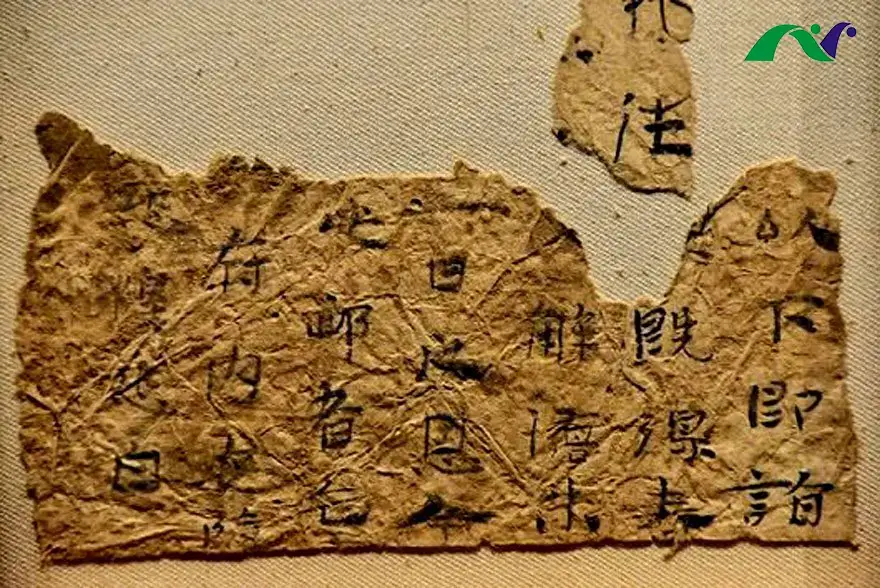The History Of Paper
Before the creation of paper as we know it today, communication was primarily through the use of images and symbols depicted on various surfaces, such as cave walls, tree bark, papyrus, or clay tablets.
Chinese inventors advanced communication some 2,000 years ago by creating fabric sheets to preserve their texts and sketches. And thus was created paper as we know it today!
The first paper was created by Ts'ai Lun, a Chinese court official, in Lei-Yang, China. Ts'ai most likely made the thin mat by combining mulberry bark, hemp, and rags with water, pulverising the mixture into pulp, pressing out the liquid, and hanging it to dry in the sun.

About 300 years after Ts'ai's discovery, in the 8th century, the knowledge reached what is now the Middle East. The introduction of papermaking to Europe, however, took another 500 years. The first paper mill was constructed in Spain, and soon mills all over Europe were producing paper. Paper was then used for printing important books, bibles, and legal documents as it was easier to make paper at that time.
During the latter part of the 15th century, England saw a significant increase in its production of paper and, over a prolonged period, supplied its colonies with the material. The first American paper mill was eventually constructed in Pennsylvania in 1690. Initially, American paper mills produced paper by shredding leftover rags and clothing into individual fibres, a Chinese technique. However, when the need for paper increased, the mills switched to using wood fibre instead of cloth since it was less expensive and more readily available. Paper is now produced using recycled paper and trees(Like Eucalyptus, Aspen, Birach etc...) cultivated in sustainably managed forests.
